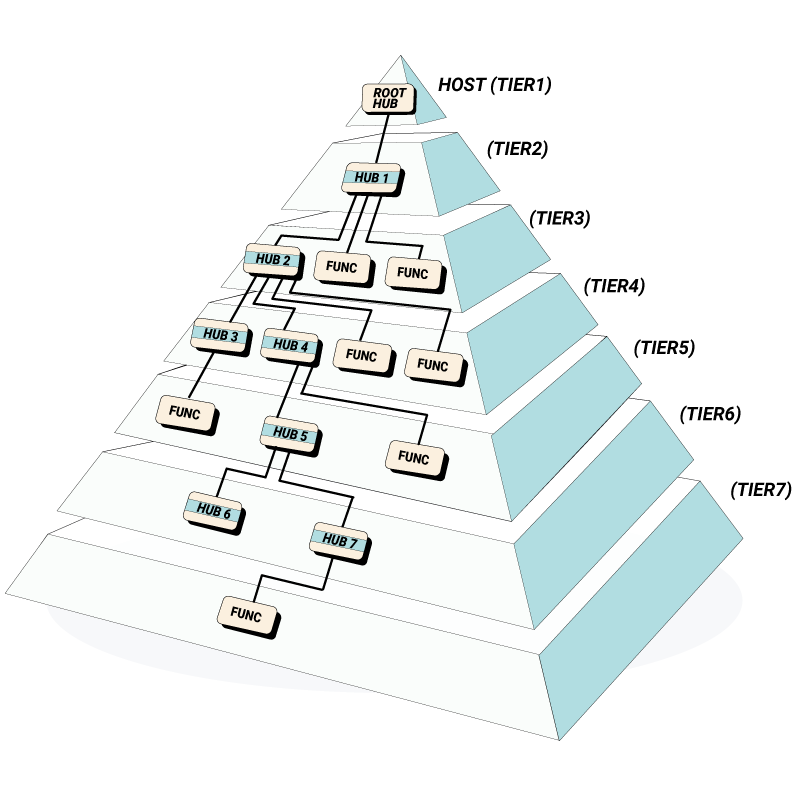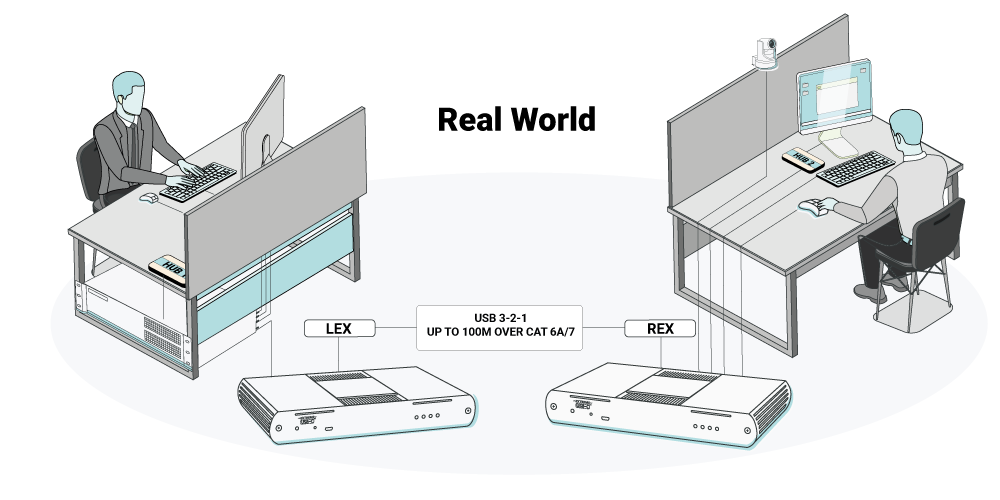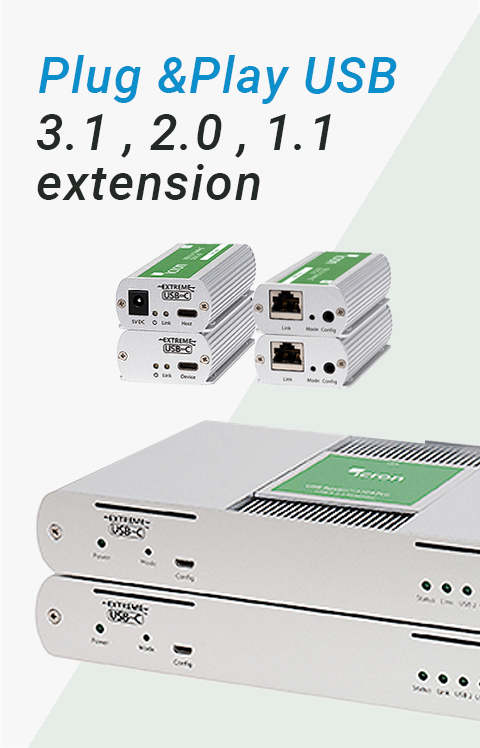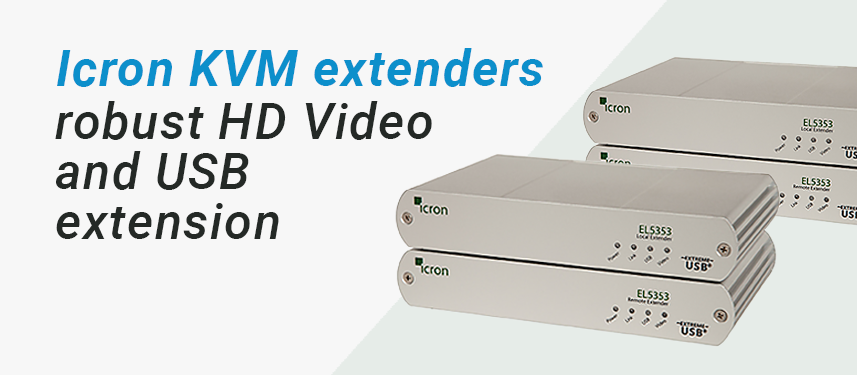Understanding USB Topology: Tiers and Endpoints Explained
The USB specification is the backbone of modern computer connectivity. It defines the standards for transferring data between computers and peripherals, and it has evolved over time to accommodate faster data transfer rates, improved power delivery, and other features.
When it comes to USB topology, there are two key concepts to understand: tiers and endpoints.
USB Tiers: Understanding the Hierarchy
USB tiers refer to the different layers of USB devices in a tree-like structure. At the root of the tree is the host controller, which is typically a USB port on a computer or other device. From there, the tree can branch out into multiple layers, each represented by a hub.
A hub is a device that allows multiple USB devices to be connected to a single USB port. When a hub is connected to the host controller, it becomes the first tier of USB devices. Any devices connected directly to the host controller are also considered part of the first tier.
Each subsequent tier is created by connecting another hub to a port on a device in the previous tier. For example, if you connect a hub to a USB port on a device in the first tier, any devices connected to that hub become part of the second tier. Icron USB extenders also take place in each tier, with USB 3.2 the Local Lex in the first tier, and the Remote Rex sitting in the second tier, and for USB 1.1 and 2.0 only taking up one tier in most cases.
However, it's important to note that the USB specification is limited to a maximum of 7 tiers. For example, a device connected to a hub that is connected to another hub that is connected to the host controller would be considered part of the fourth tier.
By understanding the limitations of USB tiers and the effects of hub connectivity, you can design USB-based systems that are reliable and efficient. Whether you're building a dynamic conference room or developing a custom USB device, a solid understanding of USB topology is essential.

USB Endpoints: Understanding Device Functions
USB Hub and Ports
Endpoints, on the other hand, refer to the functions that a USB device can perform. A device can have one or more endpoints, depending on its design and intended use.
For example, a simple USB mouse might have only one endpoint, which is responsible for sending movement and click data to the host device. A more complex device, such as a USB audio interface, might have multiple endpoints for different audio channels, MIDI data, and control signals. While each USB device can define up to 32 endpoints, most devices typically only define 2 or 3 (data in, data out, and a control endpoint). Hubs, which are also USB devices, define at least a control endpoint.
It's important to note that endpoints are not the same as devices. A single USB device can have multiple endpoints, and each endpoint can perform a different function
A USB hub is a device that allows you to connect multiple USB devices to a single USB port on your computer. It acts as a hub or a central point for the connection of different devices. Some USB hubs have their power source and others use power from the computer to which they are connected.
Some machines may have USB connectors that are already expanded by internal hubs, which can further reduce the number of available endpoints. As such, it is important to consider the overall hardware and software configuration of both the host machine and the USB devices being used to ensure optimal connectivity and performance.
Is there a maximum number of USB devices that can be connected
While it is theoretically possible to attach up to 127 devices to a single USB port, whether through hubs or not, in actual practice, you may start to experience issues if more than 10 devices are actively in use at the same time. This is because even though a computer can define 127 devices, the port may not have sufficient throughput to support all of them simultaneously.
However, it is worth noting that inactive devices do not affect the throughput of other active devices on the same port. Therefore, it is important to consider the number and type of devices being used, as well as their level of activity, in order to ensure optimal performance and avoid potential issues with connectivity and speed.
Icron 3104 Extension example
Adding a remote access point to the host machine, duplicating Keyboard, Mouse and Screen setup for working at distance from the host.


| Rover 2850: | 1 hub on REX | |
| Ranger 23XX: | 1 hub on REX | |
| Spectra 3001-15: | 1 hub on REX | |
| Starling 3251C: | 1 hub on REX | |
| Spectra 3022: | 2 hubs total, 1 on LEX and 1 on REX | |
| Raven 3104/Raven 3104 Pro: | 2 hubs total, 1 on LEX and 1 on REX | |
| Raven 3124: | 2 hubs total, 1 on LEX and 1 on REX |





